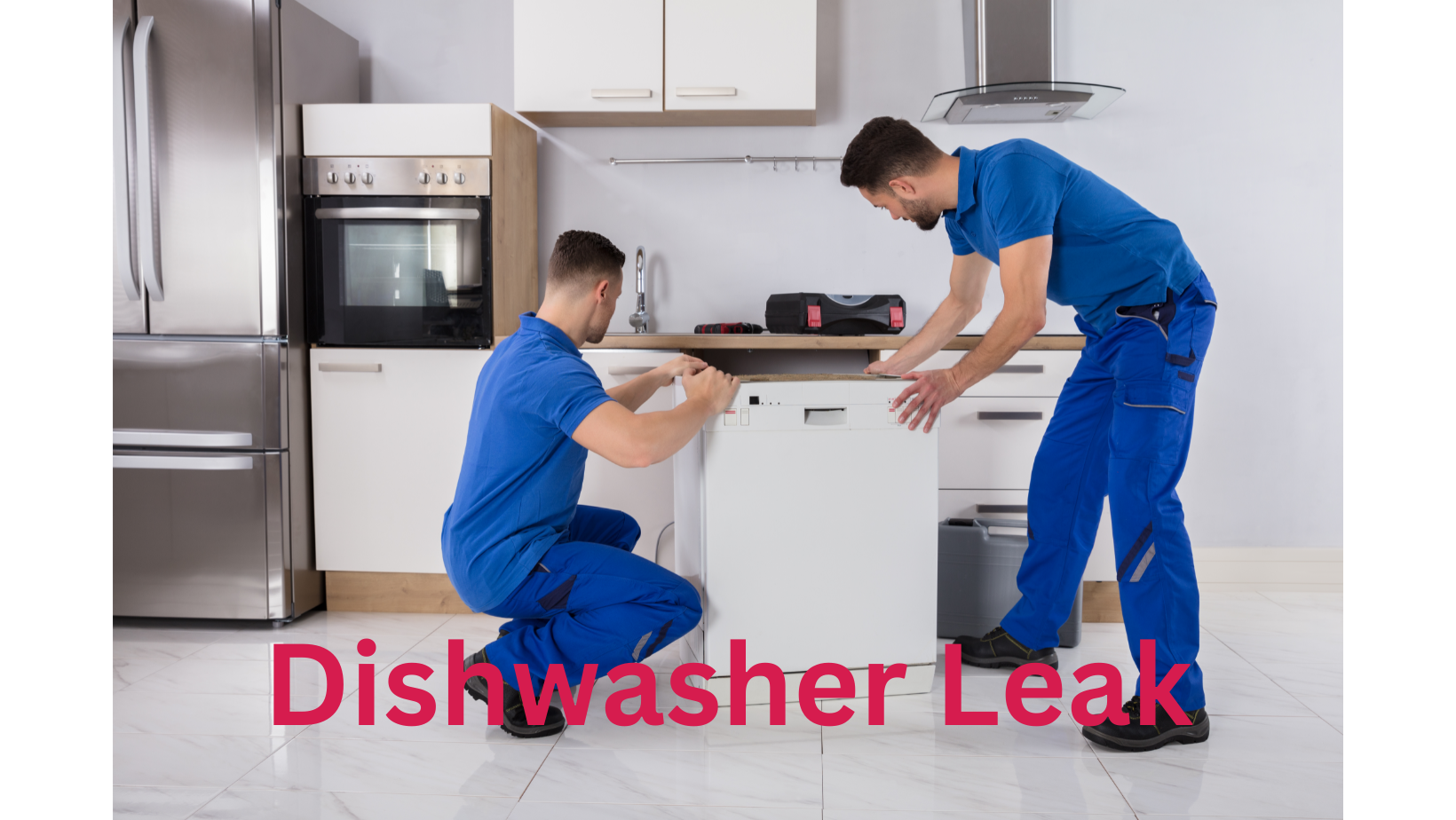We’ve all been there—you open your dishwasher expecting sparkling clean dishes, but instead, you’re greeted with a puddle of water at the bottom. Don’t despair! Leaking dishwashers are a common issue; they can often be fixed without calling a professional. In this article, we’ll guide you through a comprehensive step-by-step process to identify and repair the source of your leaking dishwasher. Let’s dive in and get your appliance back in tip-top shape!
Identify the Source of the Leak of Dishwasher
Follow the steps to check the source of water leaking in dishwasher.
Step 1: Check the Water Supply
Your dishwasher’s water supply can be a primary culprit when you encounter leaks. Make sure the water supply line connecting your dishwasher is secure and undamaged. If you find it’s the source, tighten the connection or replace the hose to prevent leaks.
Step 2: Inspect the Inlet Valve
The inlet valve, which command water flow into your dishwasher, can also be a suspect. If the inlet valve is broken, it will need to be replaced. Don’t worry; this is a straightforward and relatively inexpensive fix.
Step 3: Examine the Drain Hose
The drain hose expels used water from your dishwasher. A clogged or damaged drain hose can cause water to back up and spill out. If it’s the culprit, clean or replace it as needed.
Seal the Deal of a Leaking Dishwasher
Step 4: Gasket and Door Seal
These two are the most common sources of leaks in dishwasher. A gasket is the rubber seal that runs around the dishwasher’s edge, and the door seal ensures water stays in when the door is closed. Inspect both carefully for wear or damage. If you find any, you’ll need to replace these components.
Step 5: Check the Float Switch
The float switch in your dishwasher monitors water levels. If faulty, it might let your dishwasher overflow, causing leaks. Replace a malfunctioning float switch to prevent this issue.
The Extras
Step 6: Inspect the Detergent Dispenser
A detergent dispenser that isn’t sealing correctly can cause soap and water to spill out. Ensure it latches securely, and consider replacing it if worn out.
Step 7: Check the Filtration System
The filtration system catches food particles and prevents them from clogging the dishwasher. A damaged or clogged filtration system can cause water backup and leaks. Ensure it’s clean and in good condition, replacing if necessary.
Frequently Asked Questions
Can I fix the leak myself?
Absolutely! Most leaking issues can be fixed with some DIY and some elbow grease.
How urgent is it to fix a leaking dishwasher?
The quicker, the better. Leaks can cause water damage to your cabinets and floors.
What if the leak persists after I’ve tried everything?
If you’ve gone through all the steps and the leak persists, it’s probably time to call a professional. Don’t worry, you’ve given it a great go, and sometimes an expert’s touch is needed.
Testimonials
“I followed the steps in this article, and I couldn’t believe how easy it was to fix the leak myself. I saved a ton of money by not having to call a professional!”
Amanda, DIY Enthusiast
“This guide is a lifesaver! I never thought I could fix my dishwasher, but I did, and it’s working like new again!”
Kevin, Homeowner
Conclusion
A leaking dishwasher doesn’t have to spell disaster. Most of the time, the problem can be fixed with a keen eye and a little know-how. Remember, always disconnect the power and water supply before starting any repair work to ensure your safety. Remember, you’ve got this! With this guide in hand, there’s no leak you can’t conquer. And once you’re done, you’ll have a functional dishwasher and the satisfaction of knowing you tackled the problem yourself. If you have any questions or need Dishwasher professional help, please get in touch with us. We’re here to assist you!

